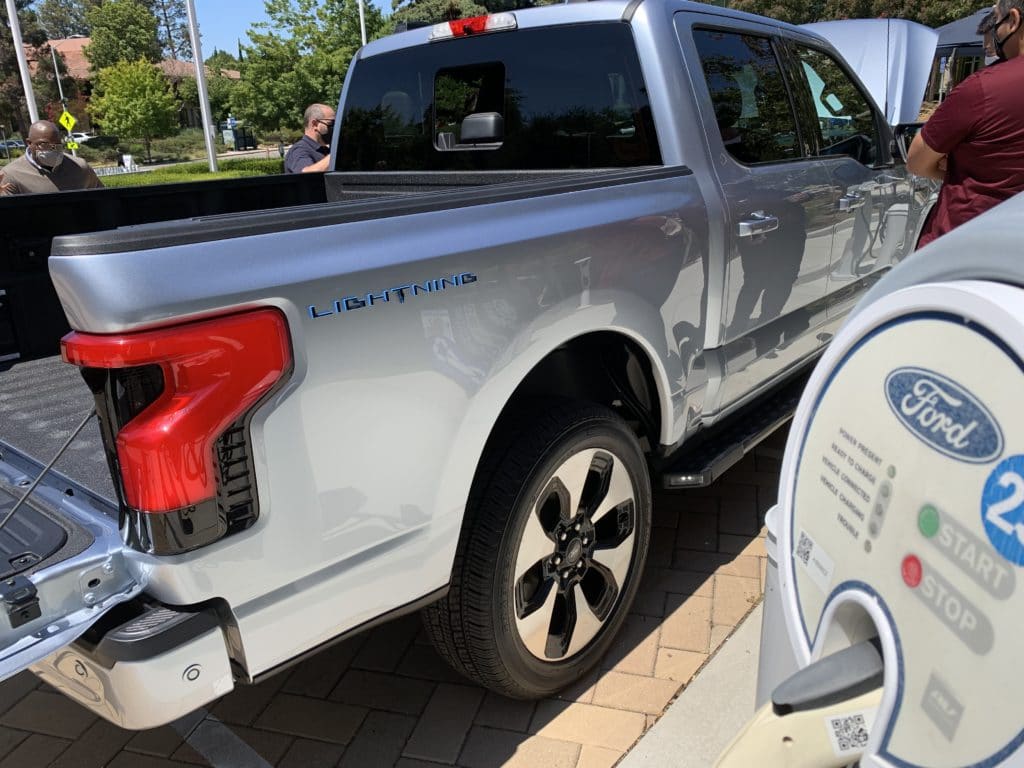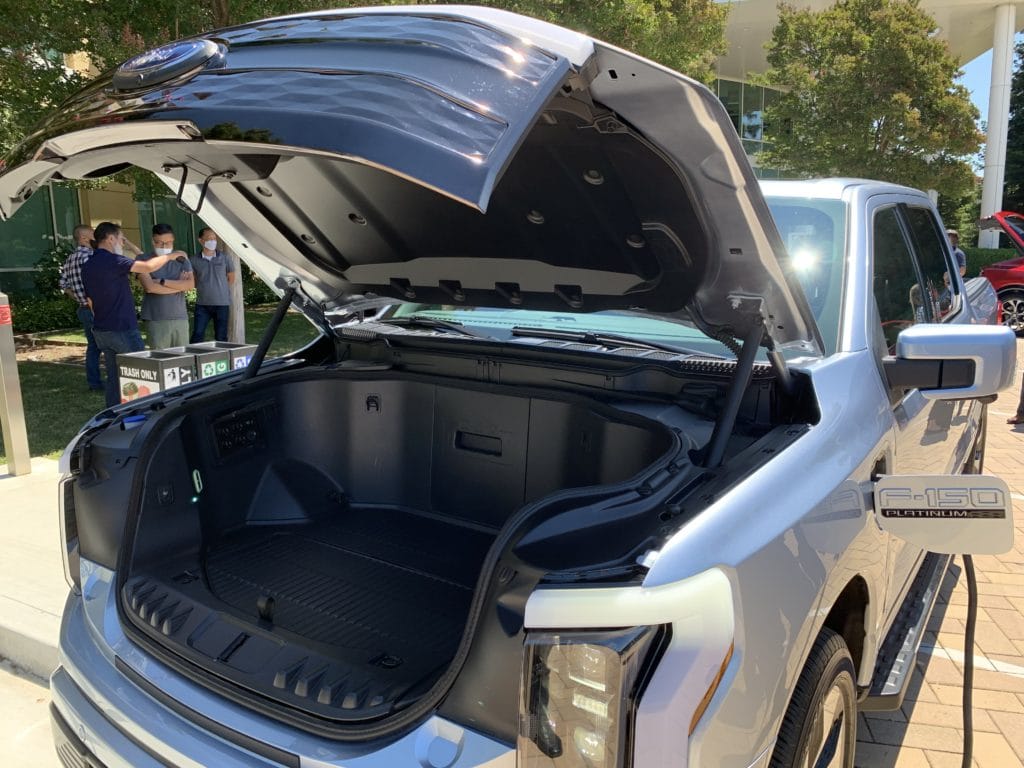50% Electric by 2030? Electrifying! But Is It Enough?
August 9, 2021
In a move that is unprecedented in our automotive history, President Biden has signed an Executive Order setting a goal for 50 percent of car sales to be electric by 2030, the largest EV adoption target for America to date. It is a monumental commitment. But that promise comes in a week where we can literally see the effects of climate change around us and a new report from the UN’s Intergovernmental Panel on Climate Change warns of its dire impacts if we don’t act now.
Drought conditions have shut down Lake Oroville’s hydroelectric plant for the first time since it was built in 1967. To avoid rolling blackouts, California has now had its sixth flex alert of 2021. And just a few hours north of the EV capital of America, the largest single wildfire in California history is burning – right now.
It’s definitely been a week of climate change highs and lows.
Make no mistake: the road to meeting our climate goals is absolutely paved with investments in electric vehicles (EVs). In the haze of wildfire smoke we can still see there is no time to waste in transitioning to cleaner transportation. But to get there we need robust consumer incentives and widespread charging infrastructure.
Here in California, we are already making those investments. This year the Leadership Group successfully advocated for a historic $525 million in consumer rebates through the Clean Vehicle Rebate Project – in an overall budget deal that saw over $3.5 billion go to meeting our state’s goal that all new car sales be electric by 2035.
And our member companies are doing their part as well. In tandem with the President’s EV goal, Ford announced its commitment to have 40-50% of its cars sold as electric vehicles by 2030 – illustrated by the company’s rollout of an all-electric F-150 pickup truck, the best selling vehicle in the country.


But a true electric future requires national action. The Senate’s Bipartisan Infrastructure Bill is a step in the right direction to expand charging infrastructure to meet our goals. It will provide $7.5 billion for charging stations. Still, that is only half of what is needed to build the 500,000 charging stations contemplated in the American Jobs Plan. We need to do much more.
The upcoming budget reconciliation process is a chance to make the President’s EV goals a reality. It is imperative that it includes matching funds to fully pay for a national network of 500,000 charging stations. A full EV package should also include the $100 million in consumer incentives proposed by the Biden Administration to make it easier to purchase an EV. We strongly urge the Senate to include robust funding for these tax rebates that can be applied at the point-of-sale and extended to the used vehicle market to spur EV adoption.
We are facing a moment where investments by government and business in electric vehicles can provide unprecedented opportunities to spur innovation, grow the economy, and meet our climate goals – and it’s not one we can afford to miss. Our EV members are leading the way, now it’s time for the federal government to show their leadership with bold EV investments in a budget reconciliation package.
It’s fitting that Ford, the company that built the modern automotive age, should now pick up the EV pace in their sector. Progress will come as we build more momentum toward the infrastructure we need to power electric vehicles. But in the meantime, we will likely need some of those tough trucks to get through climate change’s physical impacts today.
###




